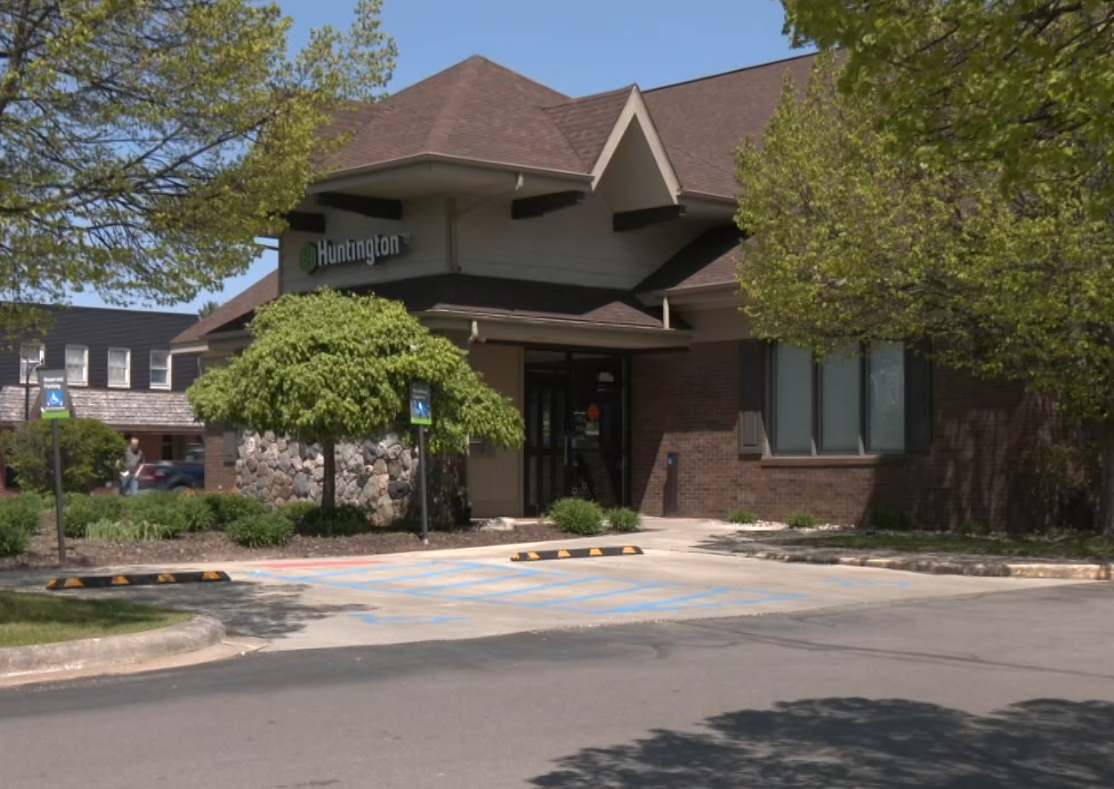An average of about 175 Michigan veterans take their own lives every year. The state has a goal of getting that number to zero.
There are a variety of reasons, but veteran suicide has always outpaced that of the general population and the state of Michigan is focusing new funding to stop this wave.
Thursday, the top stakeholders in the state held a roundtable discussion.
“A goal is not worth it if it’s not lofty,” said Lt. Gov. Garlin Gilchrist. “The conversations that follow up and flow from this are going to be the ones that lead to some new ideas and new partnerships that will hopefully be some of those game changing opportunities for us.”
The state put $1.2 million toward veteran suicide services in the past two budgets.
“We are recognizing PTSD in a way that we didn’t do during World War II, that was shell shock. We called those folks deserters,” said Adam Hollier, director of Michigan Veterans Affairs Agency. “Today we call those people heroes and say they starred in the battlefield and we’re going to take care of them and we’re going to protect them.”
Usually to get to a solution, you have to fully understand the problem. The underlying issues leading veterans to make these choices can vary.
“When you come home back to civilian life, it is substantively different. You have this experience of sisterhood and brotherhood, you’ve got a deep commitment, a sense of purpose,” said Gilchrist. “You were serving the clarity of mission and objective was there. When you come back to civilian life, you’re surrounded by people who literally don’t understand your experience.”
“Vietnam era veterans and folks come back and they are say I just feel so bad because I survived,” said Hollier. “That’s the difference that we’re trying to get veterans to understand, is that every bit of your service matters and by being a part of a community that highlights that it makes a big difference.”
The state also put $2 million toward veteran homelessness. The biggest help may just be connecting with vets. Gilchrist says there could be almost half a million vets in the state but only 300,000 are in the system.
“We connect them to benefits that are available to them at the state level and they are taking full advantage of federal benefits because they earned them, they are there’s already,” said Gilchrist. “If they can take more advantage of them, they are less likely to feel alone and have those thoughts of suicidal ideation.”
It’s a lofty goal and it will take time but these leaders feel the state is finally focused to help.
“We expect there to be zero suicides from service members as a result of their service. That was not the expectation from folks 10 or 20 years ago,” said Hollier. " It was not a commitment that our society was willing to make.”


